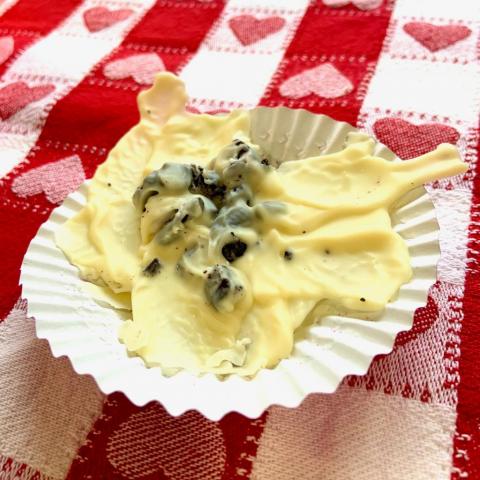How to make chocolate poops for Valentine's Day
By: Nancy Nickolson, Family Program Coordinator; Mark Edwards, Curator of Mammalogy; Corey Scobie, Assistant Curator of Ornithology
February 08, 2021
Are you looking for a new way to celebrate Valentine’s Day? How about making these animal poop chocolates inspired by the real poop of iconic Alberta animals!
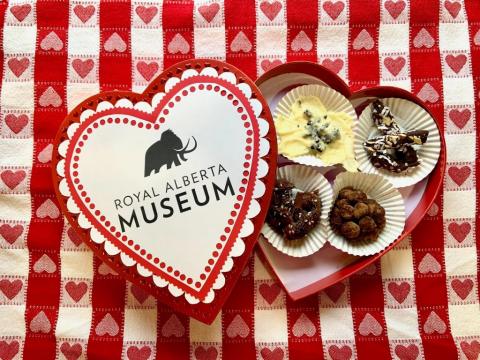
So why do scientists study poop?
Poop (also known as scat, droppings, dung, feces, and waste) can teach us a lot about the animals that live around us. When you go outside, you might not always see animals, but look closely and you may find what animals leave behind. Footprints, pathways, traces of fur or feathers, and…poop! The shape, colour, texture, and location of poop can tell us a lot about the animal that made it. Take a closer look: you might be able to tell what they were eating, how big they are, how long ago they were there, and maybe even figure out the type of animal.
Don’t worry! It is human nature to feel a bit grossed out by poop. After all, poop is a potential source of harmful bacteria. Consider this safe, fun, and educational alternative to explore all the things that poop can teach us!
How to: Make Chocolate animal poops!
Time: 2.5 hours (2 hours of setting time)
Difficulty: Easy
Chocolate Truffle Recipe
(for Deer, Wolf, and Bear poop)
Ingredients for chocolate base:
- 225 grams (8 ounces) of chocolate of your choice, chopped into small pieces
- 1/2 cup whipping cream
- 1 teaspoon vanilla extract
Note: Optional ingredients listed in animal profiles below

Instructions:
- In a small saucepan bring the cream to a simmer. Be sure to stir and scrape down the sides with a spatula often while it is heating up.
- Place the chocolate in a separate bowl. Pour the cream over the chocolate, add the vanilla, and allow to stand for a few minutes. Then stir the mixture until smooth.
- Allow the mixture to cool to room temperature, then refrigerate for at least two hours.
- Create desired shapes – see below for the shapes each animal creates! Feel free to experiment with different shapes
- Place on a baking sheet lined with parchment paper. Store in the fridge overnight.
- Enjoy! If there are leftovers, keep covered and in the fridge for up to one week.
Mule Deer Poop
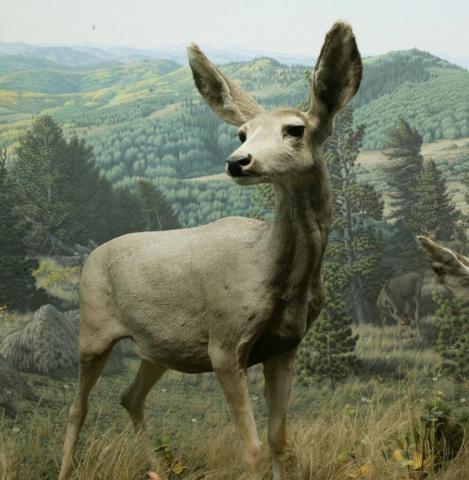
- Round, elongated pellets between 1 - 2.5 cm in length
- Scattered in piles
To replicate deer poop: Use milk chocolate for the base. Roll small balls and cluster them together. Coat cluster in cocoa powder
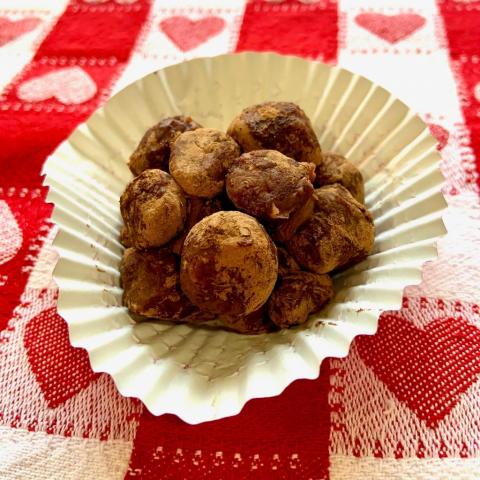
Gray Wolf Poop
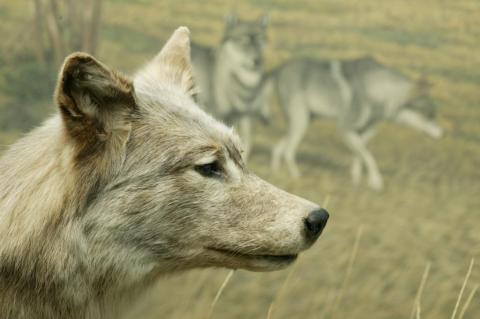
- Tube-shaped, generally taper to a point at one end
- Ranges from 1 – 2.5 cm in diameter
- As a carnivore, their poop usually contains hair and bone fragments
- Dark in colour, due to high protein diet
To replicate wolf poop: Use a dark chocolate base. Place in a bag and cut a hole in the corner. Squeeze out chocolate. Roll in coconut and chopped almonds.
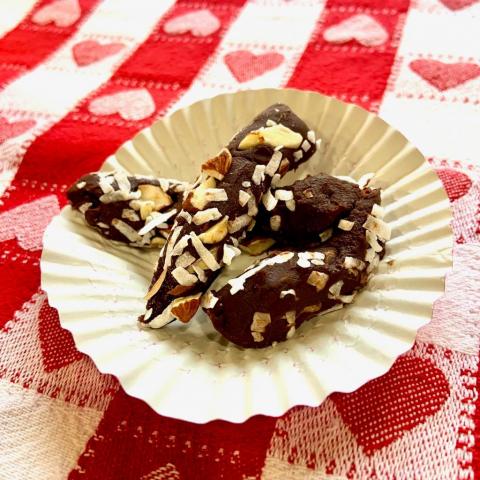
Grizzly Bear Poop
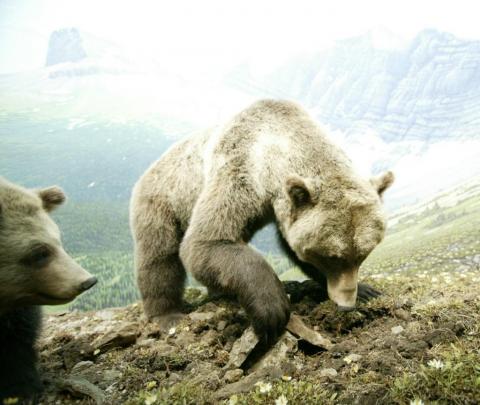
- Poop from a grizzly bear ranges from 3-7cm
- Shape and colour changes depending on diet. Tube-shaped when eating vegetation in the spring and early summer. Black and moist when eating meat. Globular when eating berries.
- Can contain berries, vegetation, roots/tubers, and remains from animals
To replicate bear poop: Use a mix of milk and/or dark chocolate for the base. Place chocolate in a bag and cut a large hole in the corner. Squeeze out the chocolate. Sprinkle with seeds (we used poppy and sesame seeds) and dried cranberries.

Pelican-Inspired Recipe
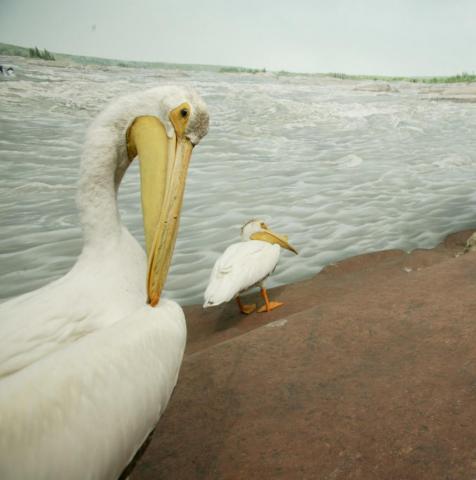
Ingredients:
- 112 grams (4 ounces) of white chocolate, chopped
- 2-3 sandwich cookies, smashed/crumbled
Instructions:
- Melt white chocolate in a double boiler.
- Place one teaspoon of cookie in small piles on a parchment-lined baking sheet. Leave at least 5 inches between each pile
- Spoon a small amount of white chocolate on the first pile. Use a utensil to drag the chocolate outward from the center (so it looks like a “splat”). If you’ll be eating them yourself, you can use a straw and blow the chocolate
- Let cool and place in the fridge to harden.
Pelican Poop
- All bird poop pretty much looks the same. Did you know Scientist can use the DNA on poop to determine which species left it!?
- Bird’s pee and poo come together inside their bodies, in their lower intestine. It comes out through one hole, called the cloaca.
- Why is bird poop white, not brown? Mammals use water to pass waste from their bodies. Birds, on the other hand, need to be light enough to fly, so instead of storing water, birds use a different process. Their bodies produce uric acid crystals that make their poop appear white!
